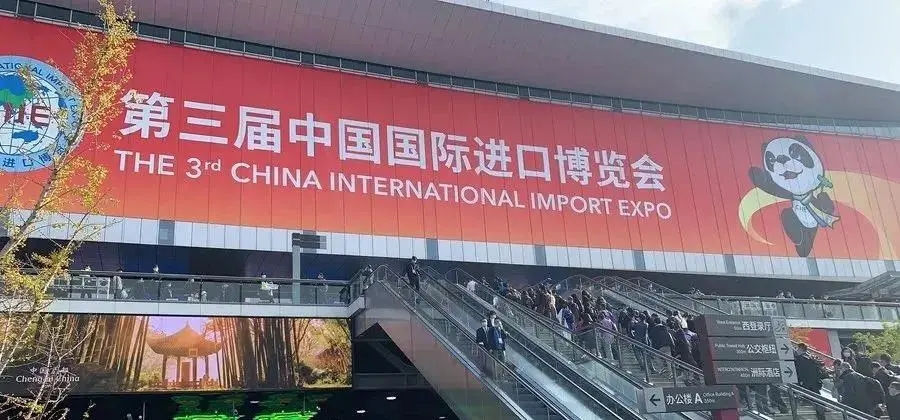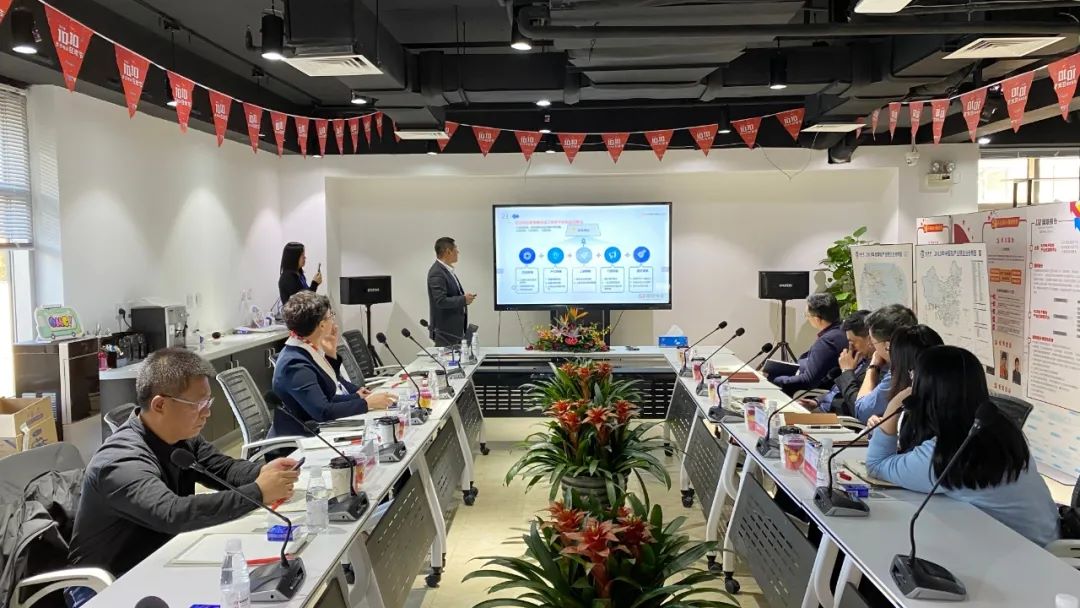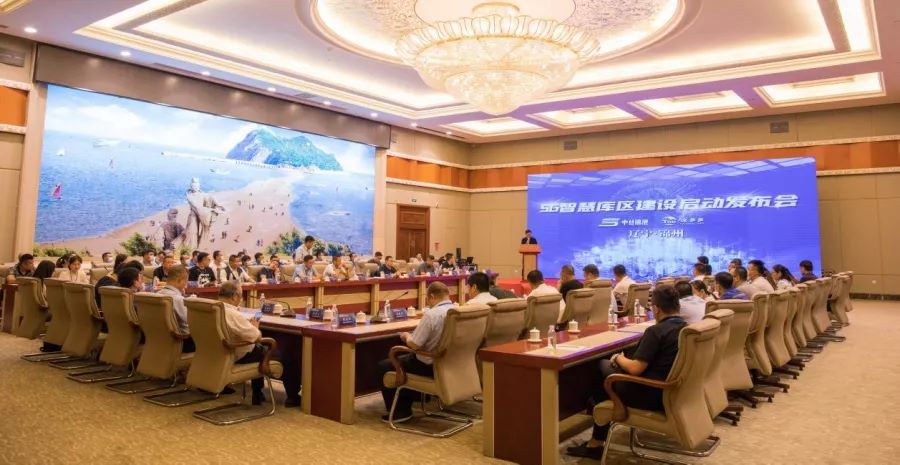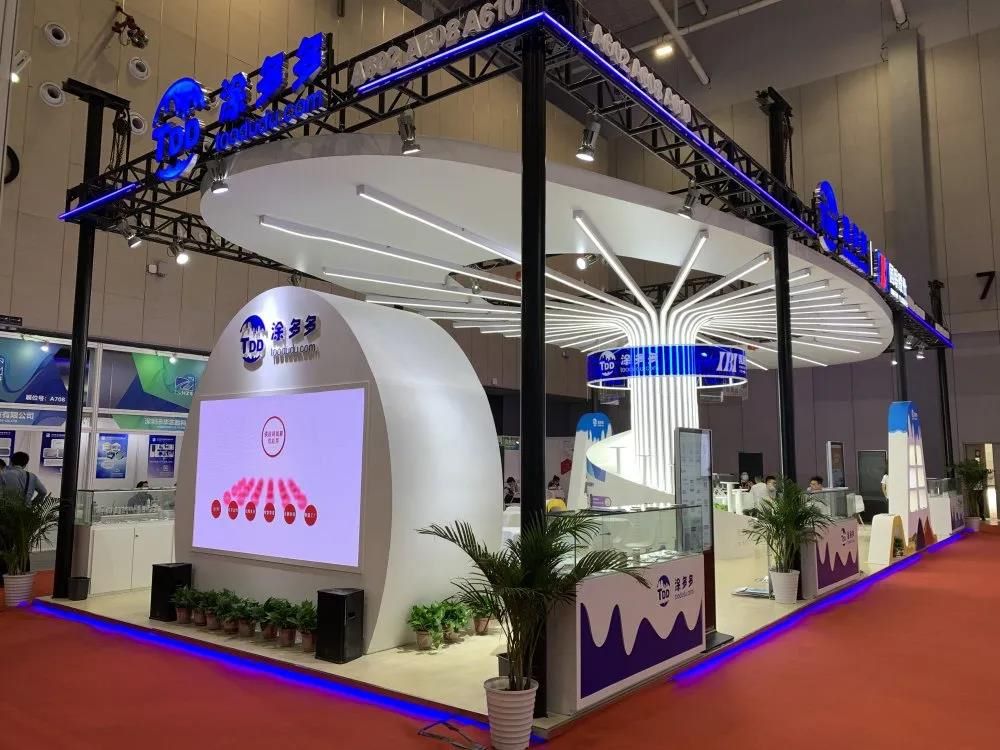The second wave of tire price increases tests supply chain resilience
In April 2025, China's tire industry is experiencing an unprecedented round of price fluctuations. After more than 60 companies intensively issued price adjustment notices in March, the second wave of price increases has quietly begun. Linglong Tire, Sailun Group and other leading companies announced that they would implement a 2%-5% step-by-step price increase for full steel tires (TBR) and semi-steel tires (PCR) products from April 21. This move marks that the transmission of raw material cost pressure to the terminal market has entered a deepening stage.

The geopolitical game in the natural rubber market has become the core driver of this round of price increases. The stagnation of transportation at southern Thai ports caused by the Myanmar earthquake has caused the spot price of RSS3 rubber to exceed 16,600 yuan/ton, up 23% from the same period in 2024. More seriously, the arrival of the rubber tapping season in the main producing areas has not alleviated market anxiety. Institutions predict that rubber prices may exceed 18,000 yuan/ton in the second quarter. This contradiction of "supply contraction + demand rigidity" is rewriting the traditional price formation mechanism
The linkage effect of the synthetic rubber and carbon black markets has exacerbated the industry's predicament. The international crude oil price broke through $85/barrel, directly pushing up the production cost of styrene-butadiene rubber (SBR), and its price correlation coefficient with natural rubber reached 0.87. The 600-800 yuan/ton price increase plan announced by carbon black giant Cabot has made the tire raw material cost index break through 13,500 points, a year-on-year increase of 11.72%.
Against the backdrop of soaring raw material prices, the price war in the truck tire market has approached freezing point. The 22.5-inch mainstream specification quotation has fallen from the peak of 850 yuan/piece in 2024 to the 600 yuan range, and the company's profit margin has been compressed below the industry warning line. The head of a tire company in Shandong revealed: "The current selling price only covers the depreciation costs of raw materials and equipment, and workers' wages rely on government subsidies for job stability."
This price shock caused by the raw material crisis is essentially a microcosm of the global supply chain reconstruction. When the price of natural rubber breaks through the "psychological defense line" of 16,000 yuan/ton, the tire industry is undergoing a comprehensive upgrade from cost competition to supply chain management capabilities. Future industry leaders will be innovative companies that can establish a global raw material procurement network and reduce energy consumption through intelligent manufacturing. In the foreseeable future, the fluctuation of tire prices may become normalized, and this is the touchstone for testing the results of the 20-year counterattack of the Chinese tire industry.
- Linglong Tire, creating a legendary production capacity empire957
- Foreign-invested Chinese factories are expanding their production capacity1010
- 2025: Passenger car tires are also unsalable?898
- Linglong Tire's profit growth to be nearly 30% in 2024976
- The global tire industry is becoming more polarized1275









